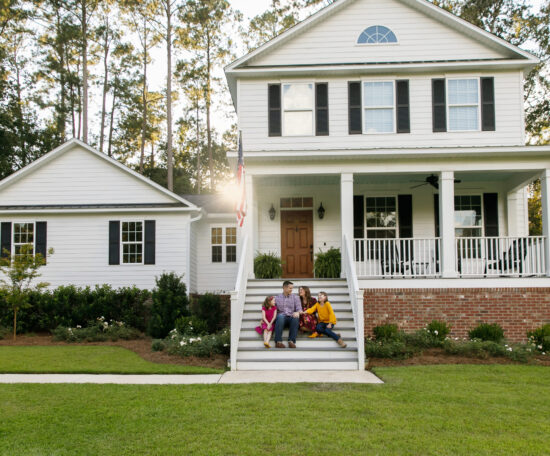Will Distributions from ABLE Account for Food or Shelter Reduce SSI Benefits?
What is an ABLE Account?
An ABLE (Achieving a Better Life Experience) account is a type of savings account for individuals with disabilities and their families. The account allows individuals with disabilities to save money for their disability-related expenses, such as education, housing, transportation, and health care, without losing eligibility for government benefits such as Supplemental Security Income (SSI) and Medicaid.
In-Kind Maintenance and Support Can Reduce Benefits
The monthly maximum Supplemental Security Income (SSI) payments for 2023 are $914 for an eligible individual, and $1,371 for an eligible individual with an eligible spouse. These benefits are hardly sufficient to provide a comfortable standard of living in most places.
But, if you are a family member or friend of someone who is receiving SSI, you already know that helping them pay for necessities of life, such as rent, mortgage, food, or utilities, can reduce the amount of SSI they receive.
The Social Security Administration (SSA) defines this kind of help as in-kind support and maintenance. For example, suppose that an adult SSI recipient is living with a sibling and not paying for rent, utilities, or food. In such a situation monthly SSI benefits can be reduced by one-third, depending on the value of the help that is received.
This can put SSI recipients in a difficult position of having to choose between getting help from family members to pay for food and shelter and having their monthly benefits reduced.
How Distributions from ABLE Accounts Can Help
But what if distributions to pay for an SSI recipient’s share of household expenses were made from an ABLE account to which friends and family members contributed? Would those distributions count as “income” under in-kind support and maintenance rules that would cause monthly benefits to be reduced?
According to the Social Security Administration, distributions from an ABLE account are not counted as income under the in-kind support and maintenance rules. Specifically, the SSA policy states:
“A distribution from an ABLE account is not income but a conversion of a resource from one form to another. Do not count distributions from an ABLE account as income of the designated beneficiary, regardless of whether the distributions are for non-housing qualified disability expenses (“QDEs”), housing QDEs, or non-qualified expenses.”
As a result, friends and family can assist an SSI recipient pay for food and shelter without causing a reduction in SSI benefits by funneling the funds through an ABLE Account.
Although anyone can contribute to an ABLE account, the total combined gifts made to any ABLE beneficiary cannot exceed the allowable limits. The maximum amount that could be contributed when the law was established was $15,000 per year, indexed for inflation. In 2023, the maximum amount that can be contributed annually is $17,000.
For answers to frequently asked questions about Texas ABLE Accounts, click on the link.
Remember to ALWAYS consult with an attorney for guidance on rules relating to your unique circumstances.
This article was originally published on January 25, 2020, and updated on February 2, 2023.


Comments